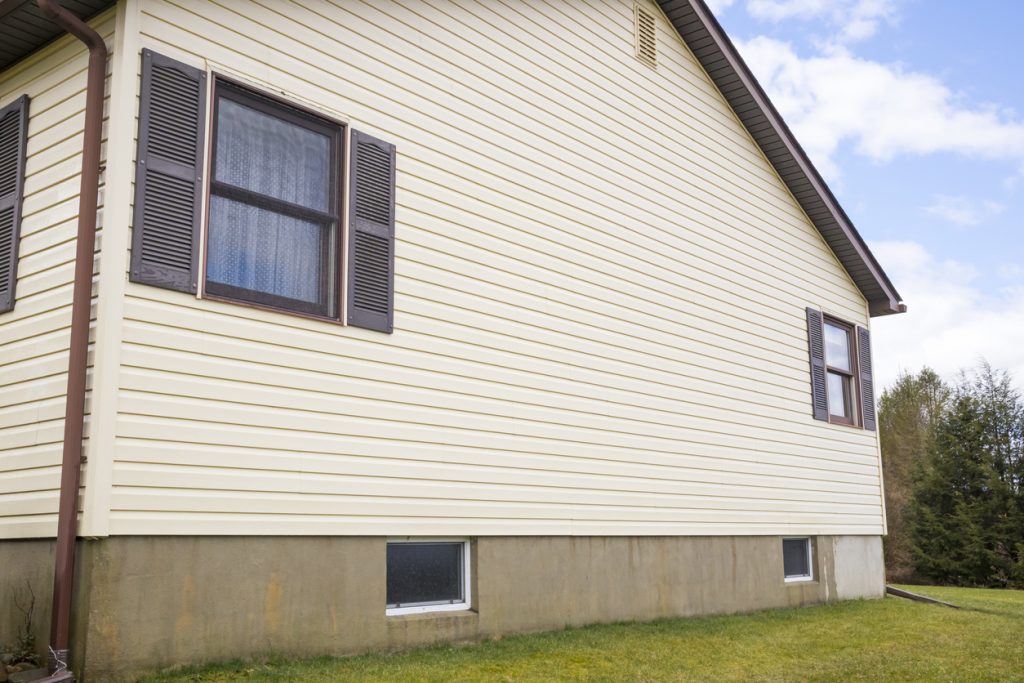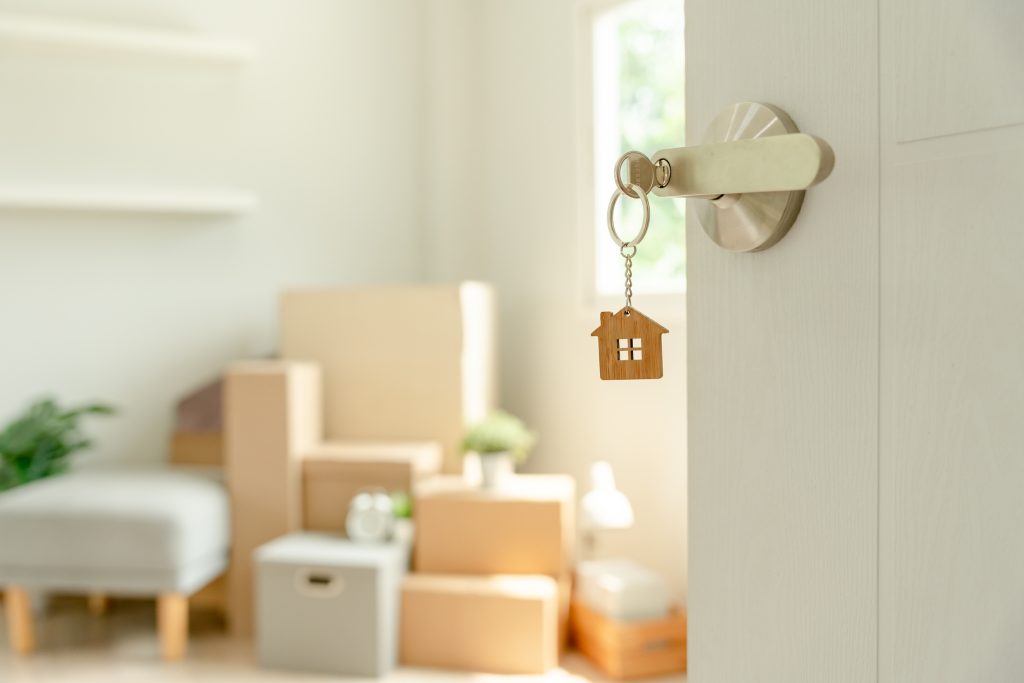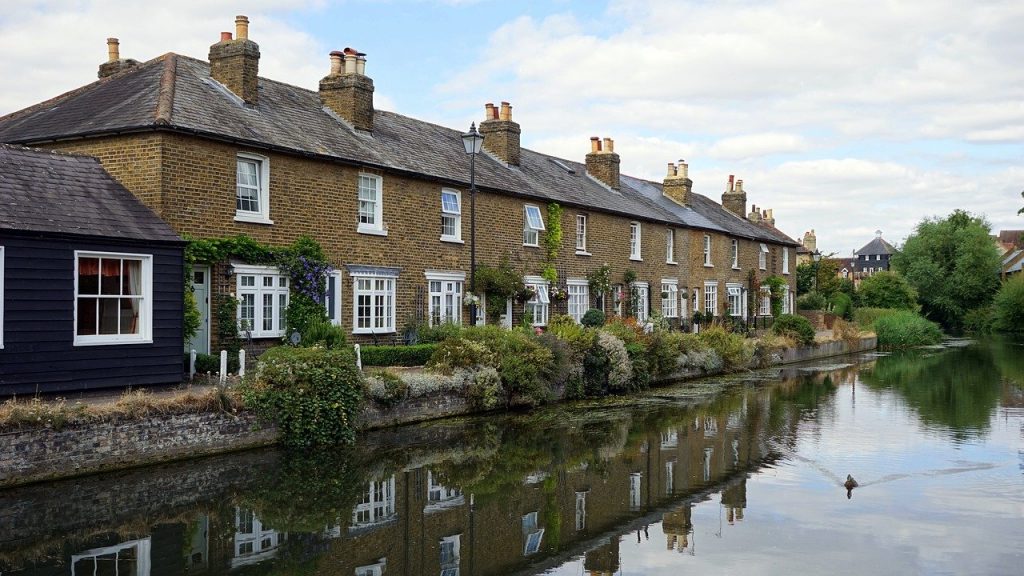Home insurance offers two types of insurance, Building and Contents. Building insurance covers the structure of your home, for example, the exterior walls, and not the belongings inside. It has to cover rebuild costs should a disaster of some kind cause significant damage, either to one section of your home or, at worst, the entire building. Contents Insurance extends to the valuable possessions contained within the home. You can opt for both types of cover within a combined policy. For Building Insurance, to accurately calculate rebuild costs, insurers need important details, including the materials with which the exterior walls are constructed.
Not only do the materials used dictate the cost of rebuilding your home (stone masonry is more expensive than prefab material), but they also indicate the risk of potential damage. For example, a solid brick home will sustain less damage during a fire than a timber home. Furthermore, materials add to the value of your home, for example, a stone or brick home is worth more than one with some other material, like vinyl or brick veneer.
Let’s have a quick look at the different materials used to construct exterior walls, and how they affect home insurance.
Brick
Traditionally, most homes and apartment blocks in the UK are made from brick. Standard bricks are the most readily available and tend to be the easiest of the solid construction blocks to use. Sometimes brick homes are built around wooden or steel frames, but some homeowners may choose non-standard frames, for example, concrete.
There are also non-standard bricks, which may be more expensive than standard bricks and which may require different construction methods.
Standard home insurance applies unless non-standard bricks and/or frames are used. In this case, insurers may assess the material and adjust costs accordingly.
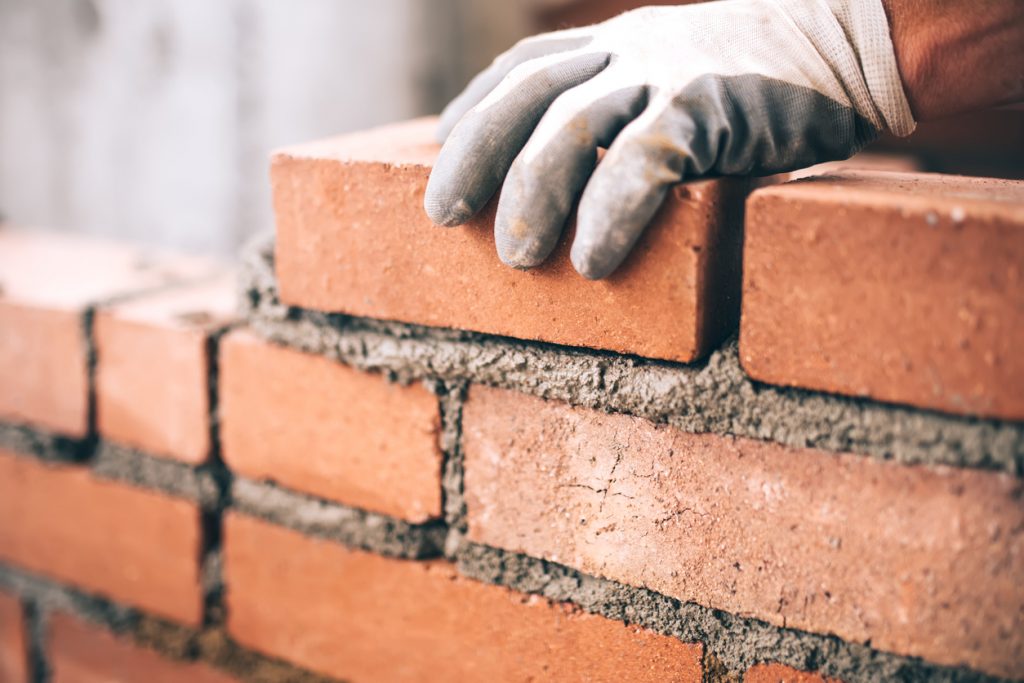
Stone
Different types of stone are used in the construction process, including sandstone, granite, limestone, and flint. Sandstone and limestone are most commonly used, but it often depends on factors such as the quality of local sources, weather resistance, and workability. Historically, stone was a much more common building material.
It’s best to use a specialist in masonry construction to ensure the integrity and structural strength of the building. This, and the weight and limited accessibility can drive up building and insurance costs. However, given their strength, they are less likely to suffer extensive damage should a natural disaster occur.
If you want the look of stone but don’t want to spend the family fortune on construction and insurance, then cladding is a good option. It provides an additional layer of eco-friendly insulation and allows for additional fire-resistant elements. Both of which can lower monthly insurance costs.
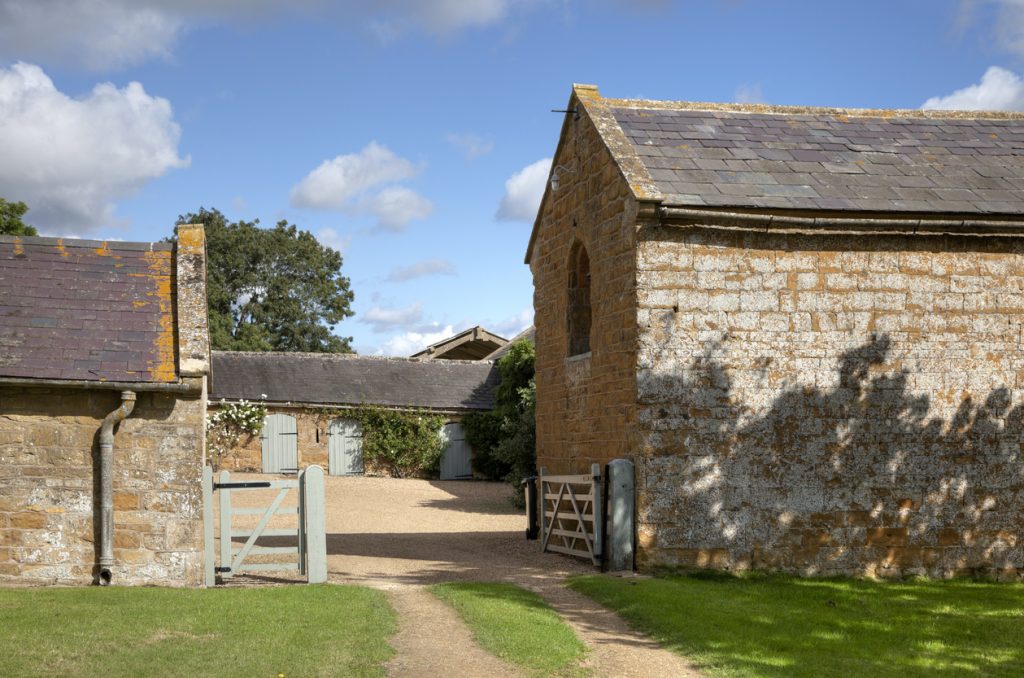
Concrete
Concrete blocks are starting to give bricks a run for their money when it comes to construction materials used. They’re easy to create, easy to use and can be quite energy-efficient if paired with certain types of cladding. They’re typically built around a steel frame and, because they can be poured into different shapes, you have a degree of customisation that is missing from bricks and stone.
It’s important to note that while there are many cost-related benefits to concrete blocks, they are not as weather-resistant as brick and stone, especially in areas with particularly high rainfall, flood-prone areas, and even spots close to the sea where salt and wind can take their toll.
Generally, the insurance costs are similar to those of brick homes. Although insurers will consider your location when calculating cover and monthly premiums.

Asbestos
The use of asbestos is banned in the UK. It’s simply too dangerous to use. However, asbestos is still present in buildings built before 1999. During the later years, when we knew the health risks associated with asbestos, it was used with greater care than in the early years. Yet, construction workers continue to suffer from the ill effects of asbestos when working in buildings from that period of time.
Home insurance is not necessarily affected by asbestos materials, but it’s advised that you talk to your insurance provider to find out how exactly they calculate the risks associated with the substance. You should also contact a specialist contractor to advise further due to the health risks associated with it.
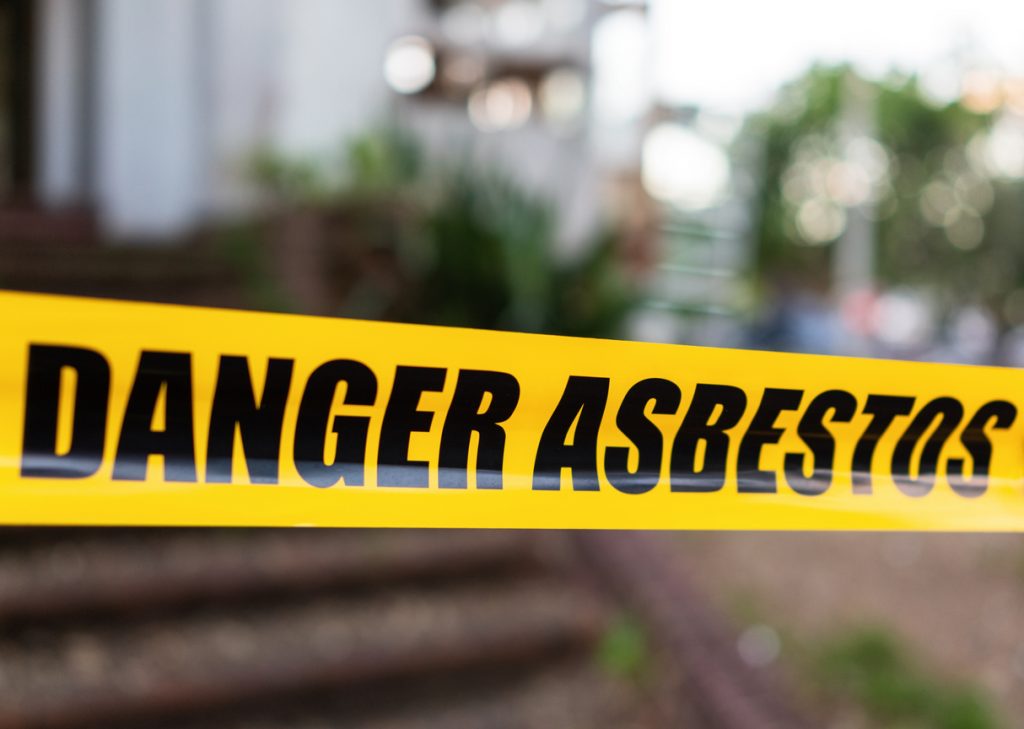
Prefabricated
Prefabricated or prefab homes are becoming more popular in the UK. This is partly due to cost, after all, a ready-made home that essentially just needs to be put together once it arrives on-site is made of less expensive material and is quick to build. Both of these factors save time and costs.
They also have an interesting effect on home insurance. For example, the fact that less expensive materials are used lowers rebuild costs and results in lower premiums. However, they are far more likely to be utterly destroyed in a fire than a brick home. This increased risk can increase premiums. This is especially the case if combustible prefab material is used. Most modern prefab homes are made with non-combustible material or are treated with fire-resistant elements.
In this instance, things like location play a role in calculating insurance costs. A timber frame home in the woods or close to woodland has a greater fire risk than one in a well-developed suburb.
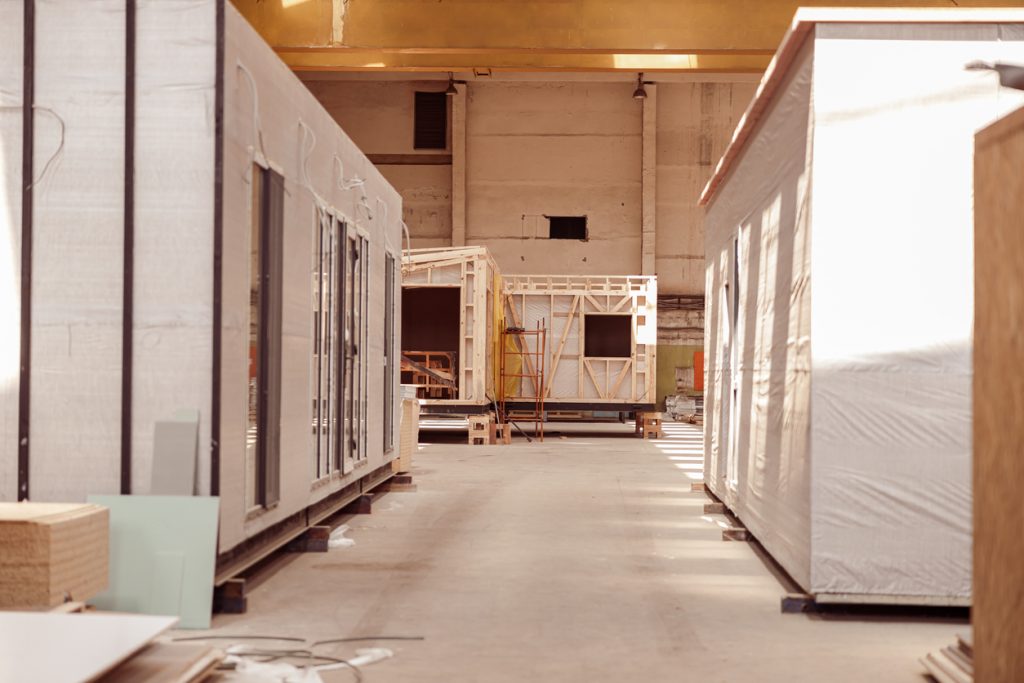
Clunch
Clunch is a traditional building material of chalky limestone rock used mainly in eastern England. It’s unlikely that you’ll have exterior walls made of clunch, or that your builder will recommend clunch as a building material in general. It’s considered ‘inferior’ when compared to other stone materials, as it’s prone to erosion at even the hint of inclement weather, including frost in winter. It’s not even good to finish walls made from other materials, again because it erodes at the drop of a hat. If you insist on using clunch, despite the advice from builders and insurers, don’t be surprised when you have to bear all of the cost caused by damage on your own.
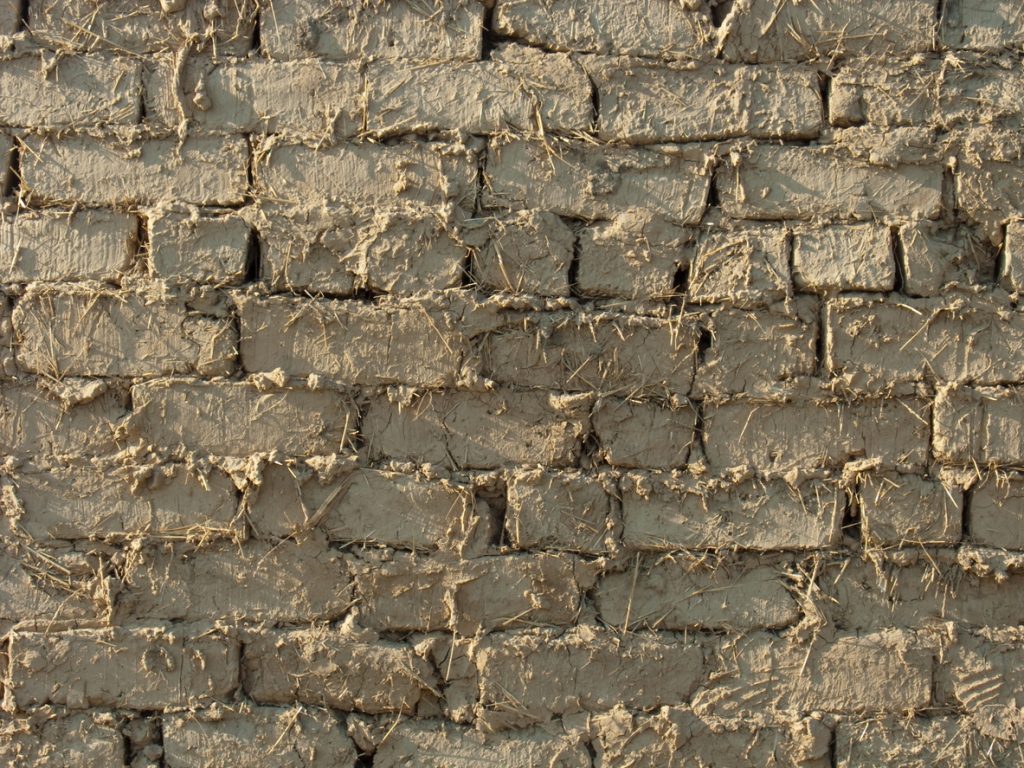
Cob Construction
Cob is made up of entirely natural material. The construction method is also entirely natural, so it’s eco-friendly. Basically, cob is made from clay, sand, straw, water, and earth. It lends itself to self-builds and creative building design and is known for its energy efficiency and strength, for instance, it’s largely fire-resistant and can withstand earthquakes. It’s been used for thousands of years and some centuries-old cob homes can still be seen today.
As it’s considered non-standard when it comes to building material and methods, you’ll need to talk to your insurer about everything from location and type of sand to exposure to risks (fire, flood) and size (cob material can be sturdy enough to support double-storey buildings). As it’s inexpensive, easy to maintain, easily mended (simply apply more cob to any cracks that may appear), and the material is easy to obtain, policies tend not to be complicated, nor do they break the bank.
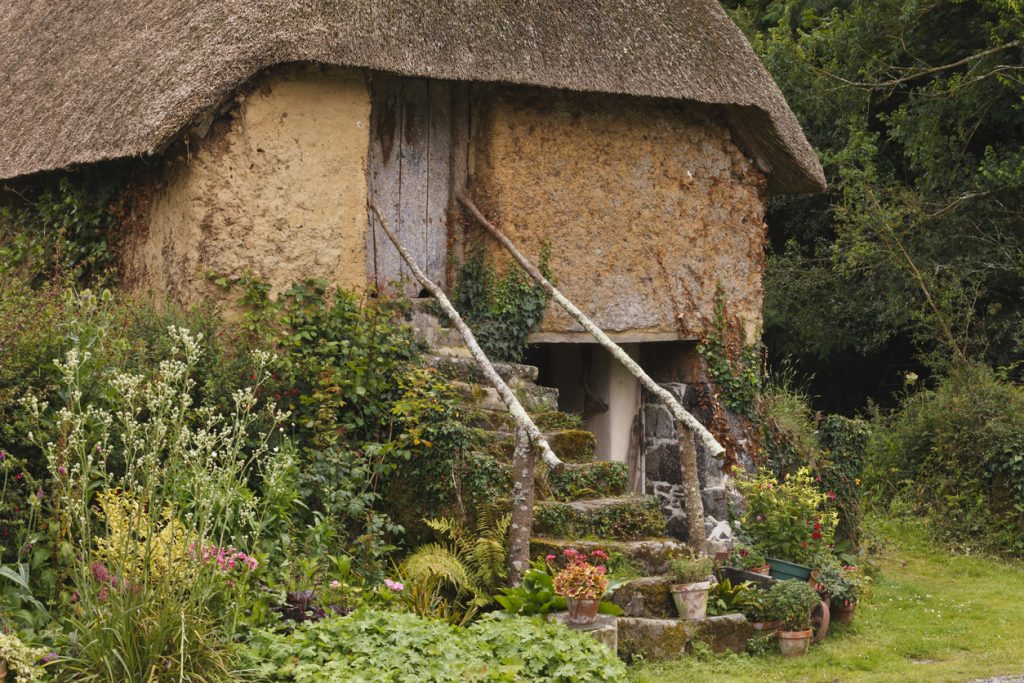
Corrugated Iron
Corrugated iron has not taken off in the UK as far as residential use is concerned. But, the number of home construction projects that incorporate corrugated iron is slowly growing. It has many benefits over other building materials, particularly when it comes to cost. Modern production methods have also strengthened corrugated iron, made it more resistant to extreme weather, and made it possible to pair corrugated iron with energy-efficient material, which makes it cost-effective.
As with cob construction, corrugated iron homes and structures are considered ‘non-standard’, which means they require special consideration from insurers. It’s important to provide as much detailed information as possible for insurance providers to accurately determine risks and appropriate levels of cover.
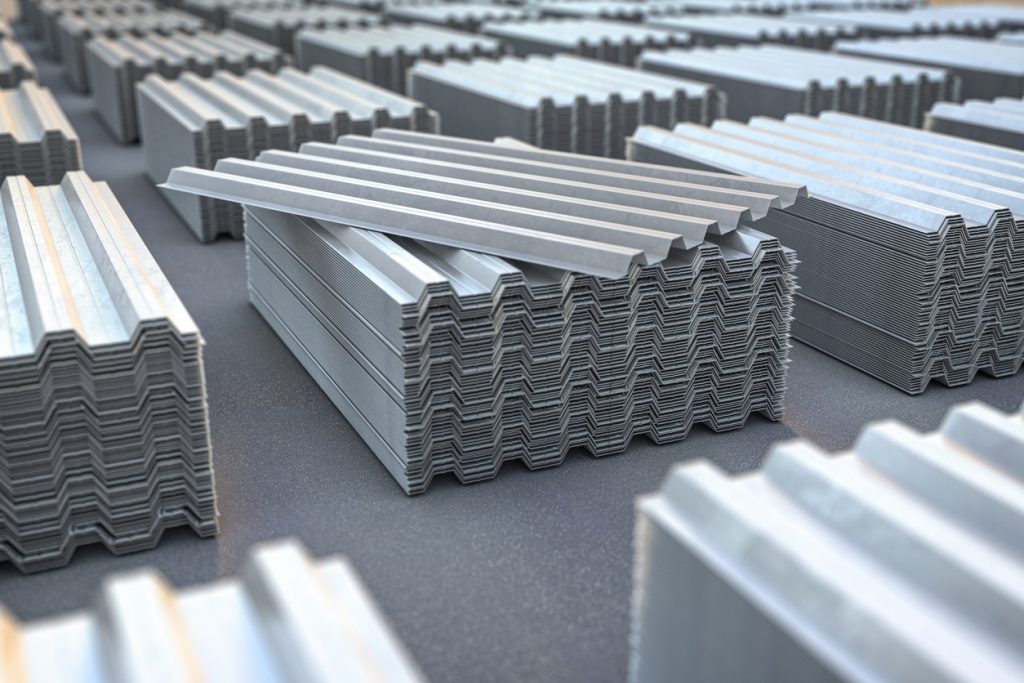
Glass
Glass is becoming increasingly popular as a construction material, extending far beyond windows and French doors. Entire walls are made of glass to bring in as much natural light as possible, and to invite nature inside. Glass, in this instance, has to be specially treated so that it filters out harmful UV rays, provides insulation (glazing), and is tough enough (shatterproof) to withstand extreme weather, including the odd branch flung during gale force winds.
Again, it is considered non-standard, so your insurance company will need the exact specs to accurately assess risks and come up with a suitable plan with the right cover in place so that you are not out-of-pocket should a disaster occur.
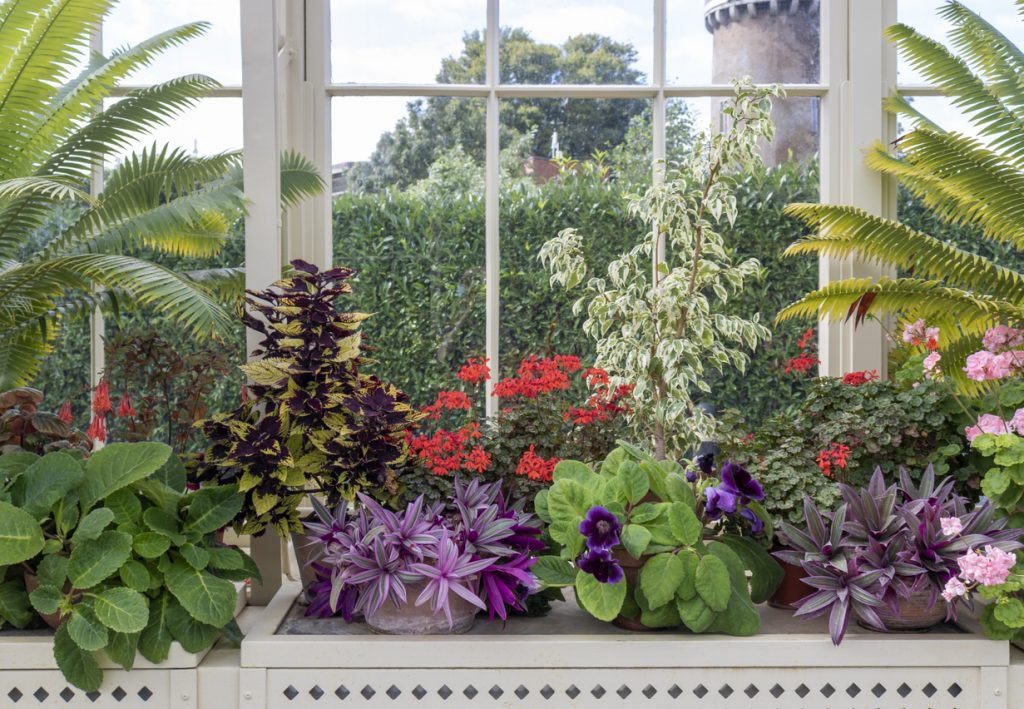
Fibreglass
Fibreglass is most commonly used as insulation, keeping homes warm in winter and cool in summer. It’s used in walls and more frequently roofs. These days, fibreglass is also used to bolster durability and improve the flexibility of other materials, including plastics and wooden walls, and can even be used to provide aesthetic effects to exterior walls. It is waterproof and protects against rust, which is helpful in high-rainfall and flood-prone areas.
As a non-standard building, insurers need as much information as possible about the specs and particular usage of fibreglass in your build.
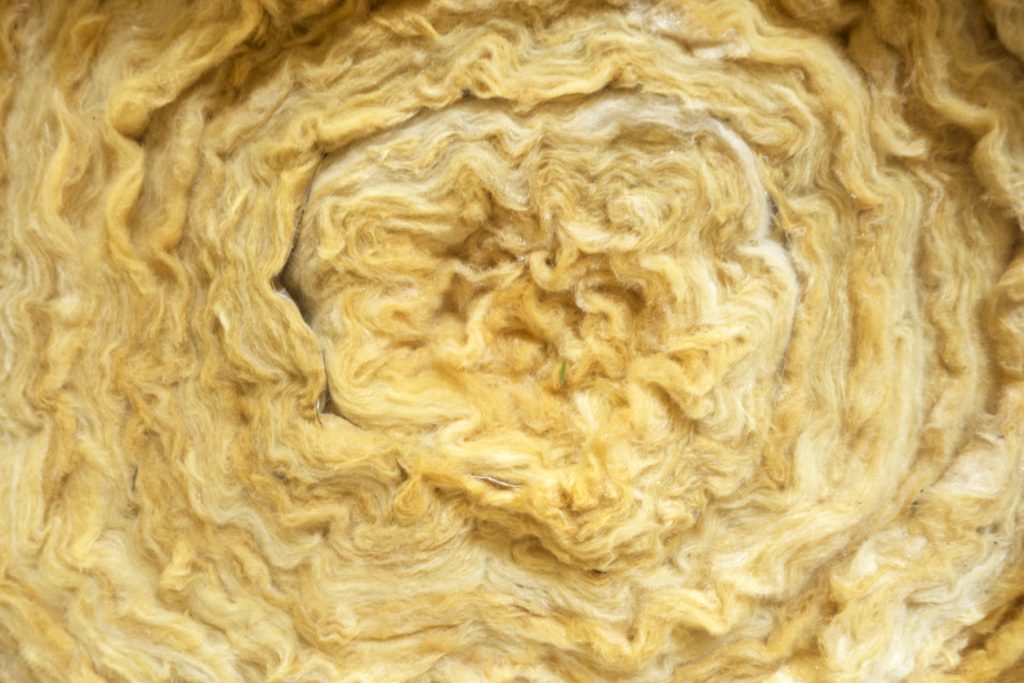
Flint
Flint is an extremely hard stone material that is most often found in small or smallish pieces and not in slabs. It is probably most well known for its aesthetic effect when placed strategically in the mortar. However, it’s not a particularly good bonding material and can be eroded by ongoing rain, especially if it is poorly maintained.
Modern construction materials and methods are better able to incorporate flint aesthetically without the water risk. However, your insurance provider is going to want to fully understand the implications and potential consequences that are still associated with a flint build.
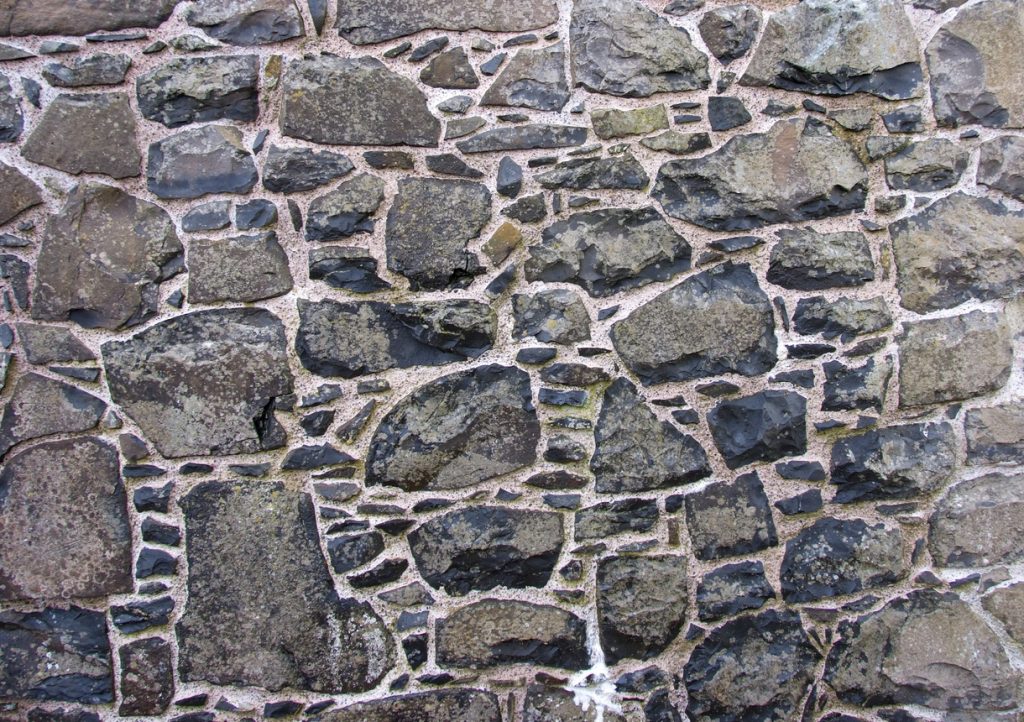
Lath And Plaster
Lath and plaster have historically been used for inside-wall material. It’s been largely replaced by drywall and plasterboard but is still sometimes used for decorative purposes. Basically, strips of wood (called lathes) are placed horizontally across wall frames or ceiling joists. It’s not load-bearing but in this way, it can be used creatively as design elements. It’s also fire-resistant and can provide extra sound insulation if necessary.
You’re unlikely to get insurance for outer walls if you use lath and plaster, but it shouldn’t be a problem if used in the interior structure.
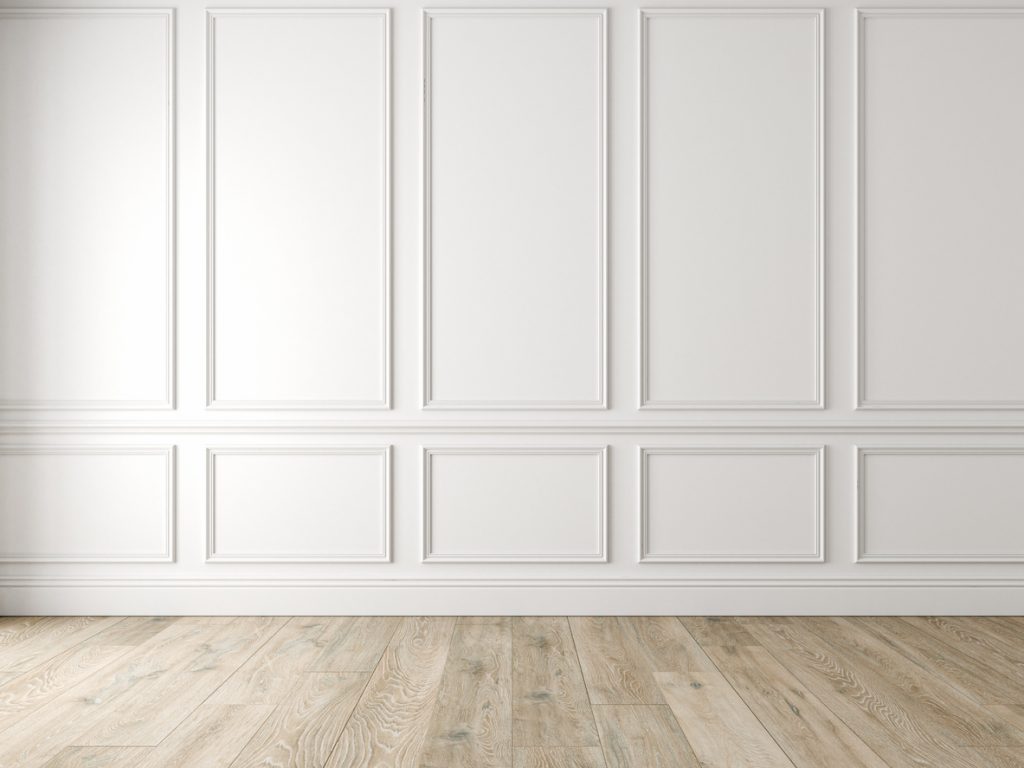
Metal
Metal is usually used in the frame of a home but the popularity of metal cladding is on the rise. Metal used for cladding includes steel, zinc, copper, aluminium, and titanium. Because metal sheets are quite flexible, they can be used in virtually any position you choose, from vertical to diagonal and even curved facades. It can have a flat finish or something more textural, like corrugated iron. It’s light, yet protective and long-lasting.
Metal covers a standard exterior finish with a non-standard protective layer. Talk to your insurer to see what kind of cover suits your home best.
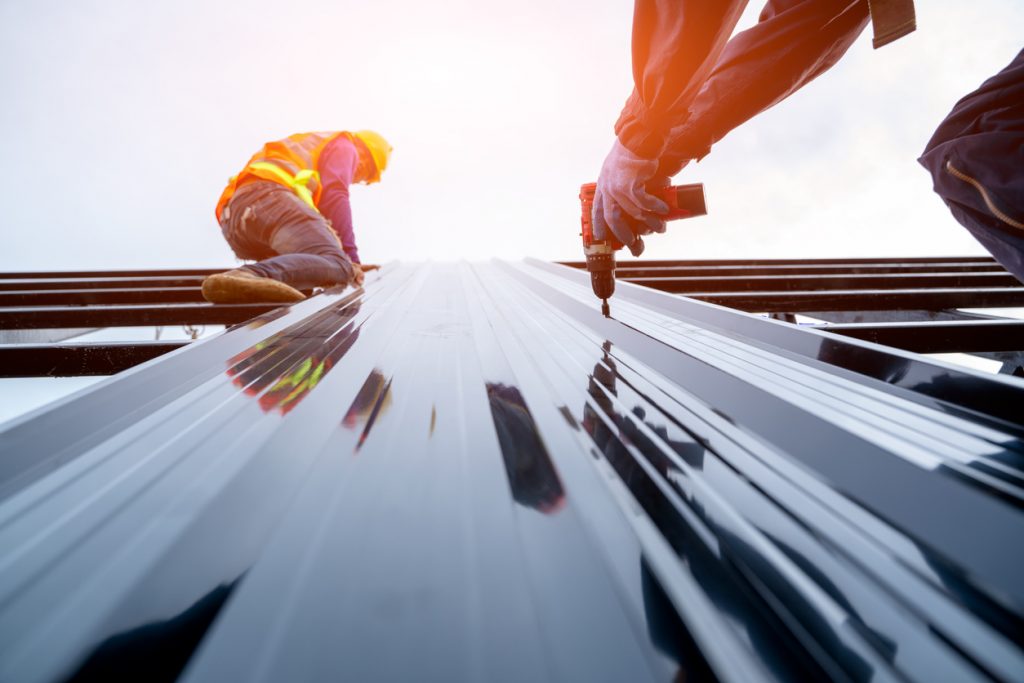
Plastic
Plastic doesn’t sound like it makes a good exterior wall finish, but plastics used in construction are treated so that they are strong, weather-resistant, flexible, and generally easy to move should you change your mind about where you want to put it. Your builder will advise you on how best to use plastic and your insurance company will need the information to determine an appropriate cover, as plastic is definitely a non-standard construction material.
